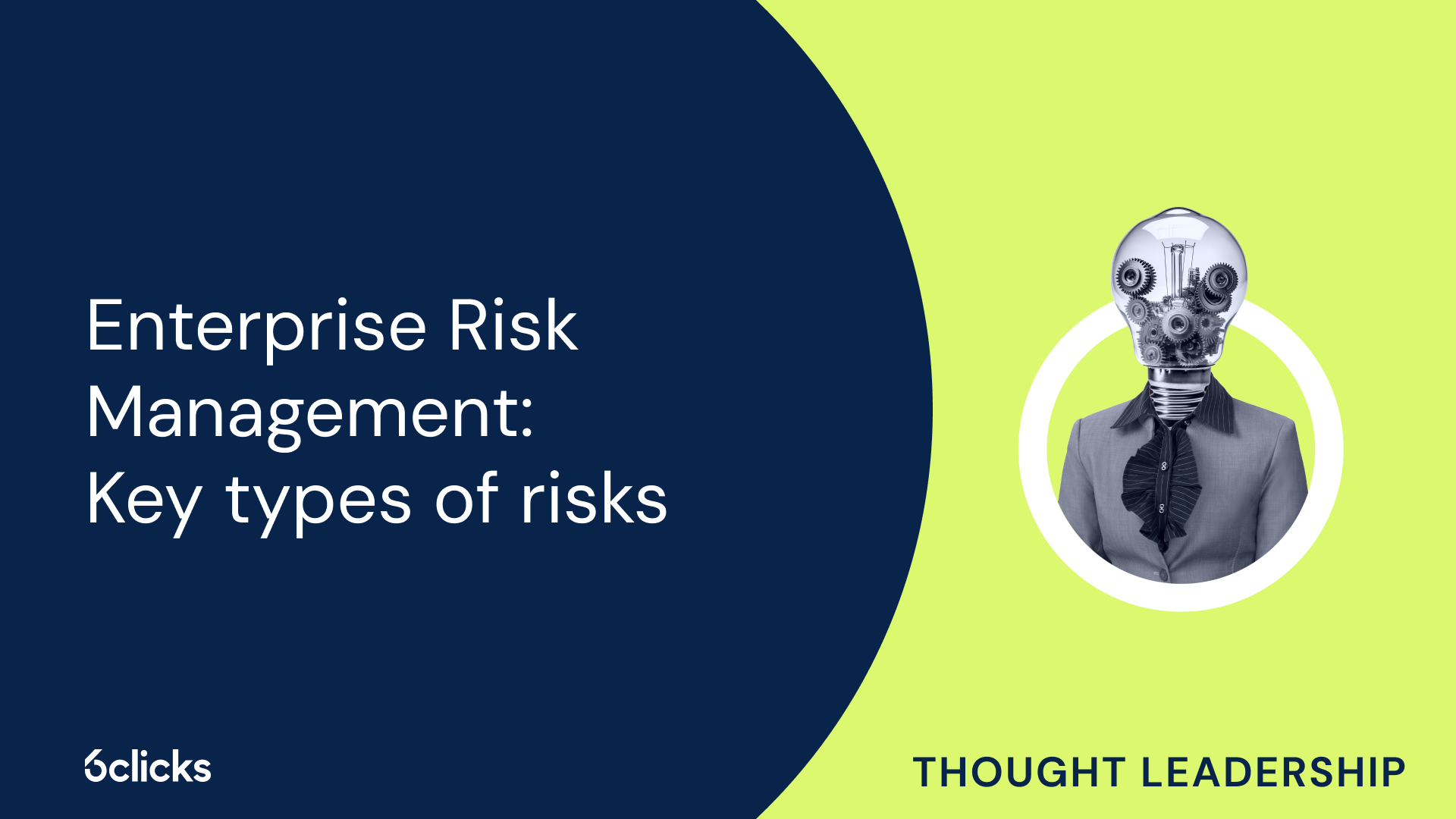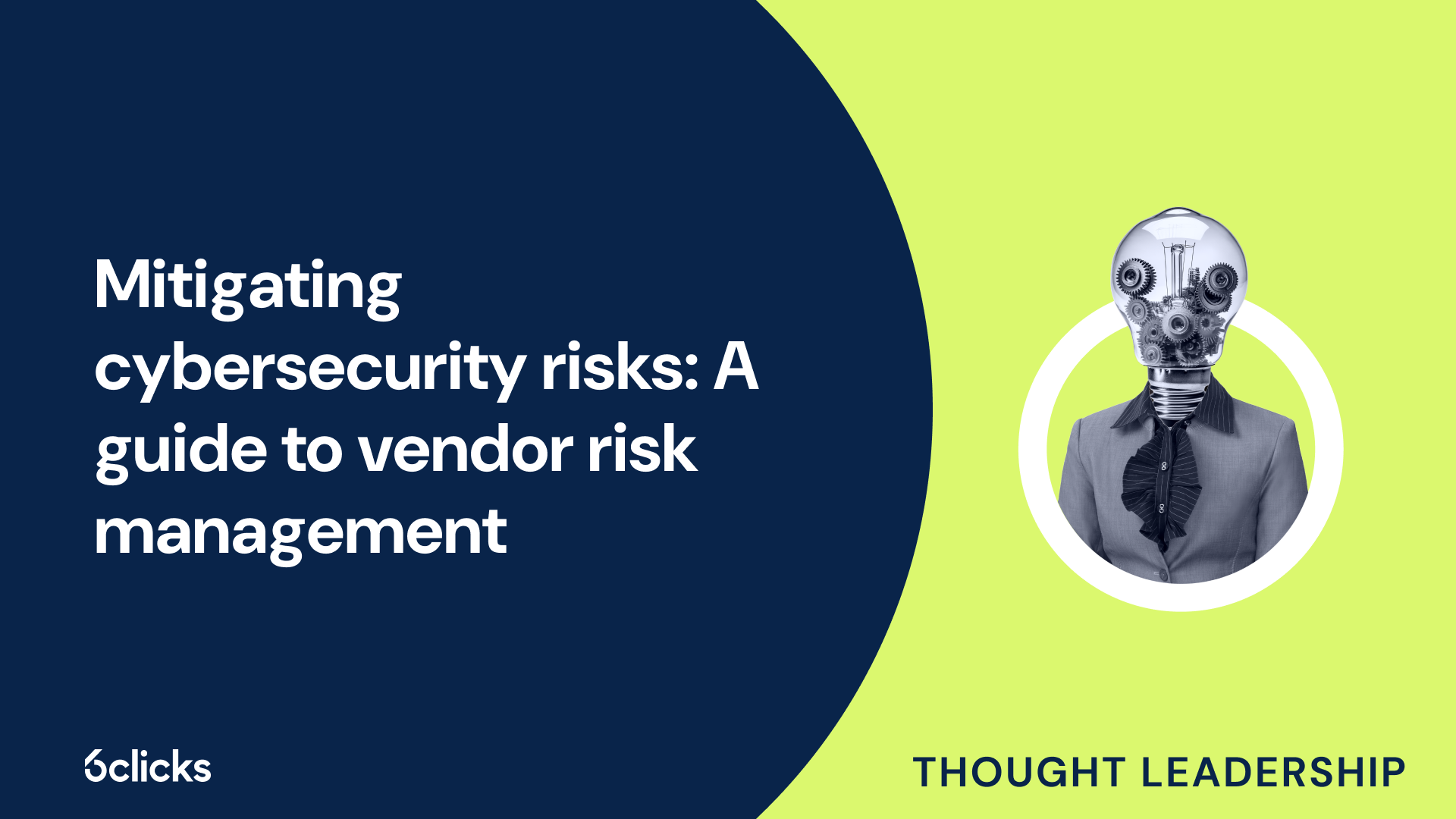GRC in 2025
-1.png?width=314&height=391&name=Group%20193%20(1)-1.png)
GRC in 2025
What is ASD Essential 8?
The ASD Essential 8 is a set of cybersecurity practices developed by the Australian government to help organizations defend against common cyber threats. It provides a prioritized list of actions to improve security, such as patching software, using multi-factor authentication, restricting administrative privileges, and applying application whitelisting. By following these steps, organizations can strengthen their defenses and reduce the risk of cyber incidents.
Who must comply with ASD Essential 8?
While compliance with the ASD Essential 8 is not legally required, it is highly recommended for all Australian businesses, government agencies, and entities. Adopting Essential 8 helps organizations minimize cyber risks and improve their overall security posture. The framework is designed to address widespread cyber threats and establish strong security measures across various areas, including user access, application control, and regular backups. Aligning with Essential 8 helps organizations enhance their cybersecurity maturity and stay prepared to respond effectively to potential security breaches.
Key components of ASD Essential 8
The ASD Essential 8 framework, developed by the Australian Signals Directorate (ASD), provides a set of cybersecurity controls to help organizations protect themselves against a wide range of cyber threats. Each component plays a vital role in reducing vulnerabilities and ensuring resilience against attacks.
1. Multi-factor Authentication (MFA)
- Why it’s important: MFA adds an extra layer of security beyond just a password, making it more difficult for cybercriminals to gain unauthorized access, even if they have stolen login credentials.
- Benefit: Helps prevent unauthorized access to sensitive data and systems, reducing the risk of data breaches.
2. Application control
- Why it’s important: Many cyberattacks, such as malware and ransomware, rely on executing malicious applications to infect systems. By allowing only trusted software, organizations can block the execution of harmful applications.
- Benefit: Helps prevent malware and ransomware attacks, which often exploit vulnerabilities in unapproved applications.
3. Patching applications & operating systems
- Why it’s important: Cybercriminals often target unpatched vulnerabilities in software to launch attacks. Regularly applying patches reduces the risk of exploitation by known threats.
- Benefit: Protects systems from being exploited by attackers who target outdated software with unpatched security holes.
4. Restricting admin privileges
- Why it’s important: Admin accounts have the ability to modify, delete, or install software and configurations that can affect the entire system. Limiting these privileges helps minimize the impact of a compromised account.
- Benefit: Reduces the potential damage of an internal or external attack by preventing unauthorized changes and system access.
5. Daily backups
- Why it’s important: In the case of data loss due to cyberattacks like ransomware, having recent backups allows organizations to recover quickly without paying a ransom or losing critical information.
- Benefit: Ensures that business continuity is maintained, even if systems are compromised, by enabling rapid data recovery.
6. User application hardening
- Why it’s important: Many user applications come with features that are not necessary for daily tasks but could present security risks (e.g., macros in Microsoft Office). By hardening these applications, organizations reduce the attack surface that cybercriminals can exploit.
- Benefit: Reduces the potential for vulnerabilities in user applications, lowering the chances of successful exploitation by attackers.
Benefits of compliance with ASD Essential 8
- Better data protection: Enhances ability to safeguard sensitive information, building customer trust.
- Cybersecurity incident prevention: Multi-factor authentication, regular patching, and backups help prevent attacks.
- Stronger security posture: Establishes a solid foundation for continuous improvement and resilience.
- Reputation protection: Positions organizations as trustworthy partners, fostering business growth.
Improved security posture
- Risk reduction: Mitigates the likelihood of cyber attacks and their impact.
- Access control: Multi-factor authentication and patching prevent unauthorized access.
- Trust building: Demonstrates a commitment to cybersecurity, improving stakeholder confidence.
Reduced vulnerability to cyber threats
- Application whitelisting: Only trusted applications can run, preventing harmful software.
- Regular patching: Keeping systems up-to-date protects against known vulnerabilities.
- Restricted privileges: Limiting admin access reduces attack surfaces.
Enhanced operational efficiency
- Application control: Reduces system slowdowns and security risks.
- Regular patching: Prevents disruptions and enhances system performance.
- Restricted admin access: Adds a layer of security, minimizing accidental or malicious damage.
- Multi-factor authentication: Ensures secure and efficient access for authorized users.
Increased customer confidence and trust
- Better data protection: Strong security practices reassure customers.
- Reduced cyberattack risk: Proactive measures prevent breaches, safeguarding customer data.
- Commitment to security: Shows dedication to continuous improvement and industry standards.
Strengthened brand reputation
- Customer trust: Prioritizing cybersecurity strengthens brand loyalty.
- Attracts top talent & partnerships: A trusted security reputation fosters operational growth.
- Enhanced customer loyalty: Protecting customer data builds long-term relationships.
Risks of non-compliance with ASD Essential 8
- Increased vulnerability to cyberattacks, data breaches, and malware
- Compromise of sensitive data and financial losses
- Damage to reputation and loss of customer trust
- Disruptions to business operations and extended recovery times
| Risk type | Consequences |
|
Financial risk
|
- High costs for incident recovery, investigations, and compensation |
| - Reputational damage, resulting in lost customers and revenue | |
| - Potential regulatory fines for failing to meet security requirements | |
| Regulatory Risk | - Audits, fines, and legal actions from government authorities |
| - Loss of opportunities for government contracts | |
| - Damage to reputation and decreased trust from regulators | |
| Reputational Risk | - Eroding customer trust and loyalty |
| - Generating negative media coverage and public perception | |
| - Resulting in lost business and decreased sales |
Summary
The ASD Essential 8 is a set of cybersecurity practices developed by the Australian Signals Directorate to help organizations defend against common cyber threats. These practices include multi-factor authentication, application control, patching applications and operating systems, restricting admin privileges, daily backups, and user application hardening. Compliance with Essential 8 is not mandatory but is highly recommended for Australian businesses and government entities. Adopting these measures helps reduce vulnerabilities, strengthen security, and minimize the risks of cyberattacks, data breaches, financial losses, and reputational damage. By following Essential 8, organizations can enhance their security posture, improve operational efficiency, and build trust with customers and stakeholders.







